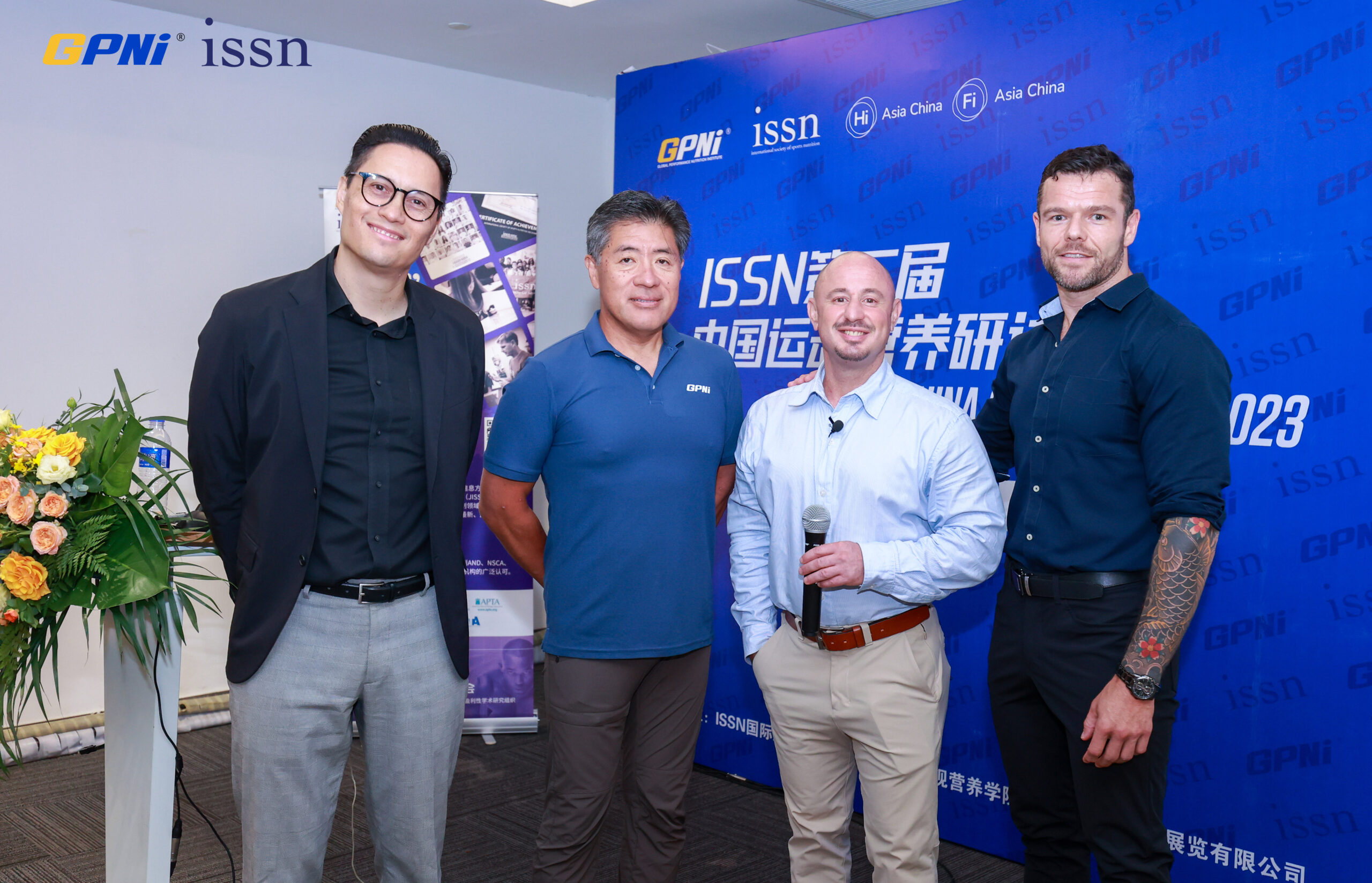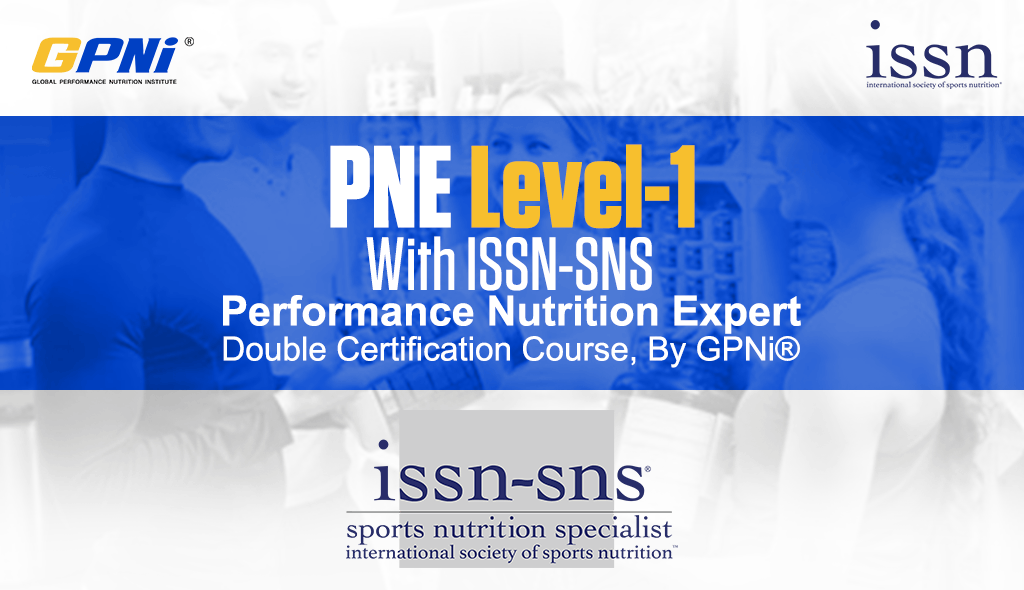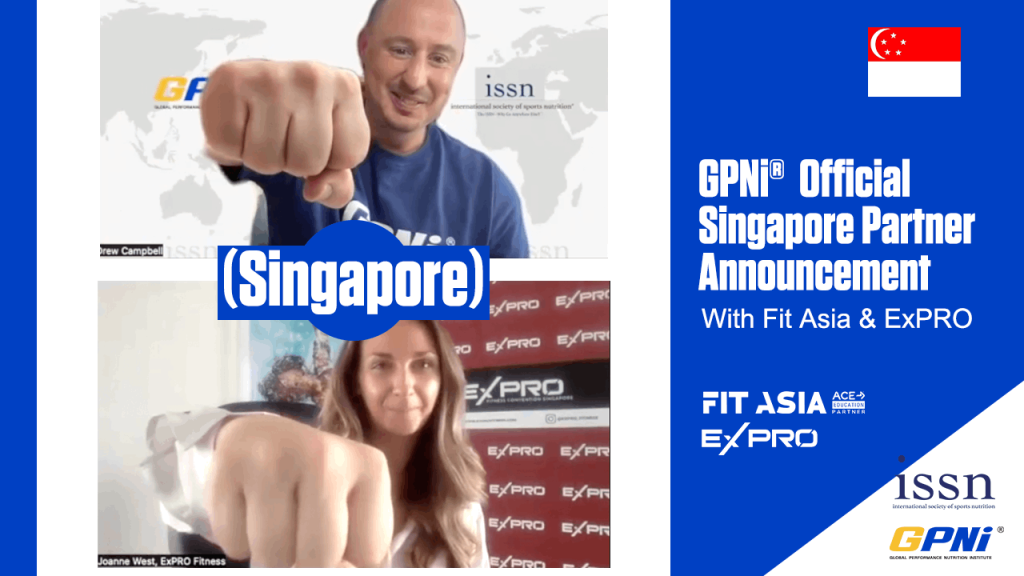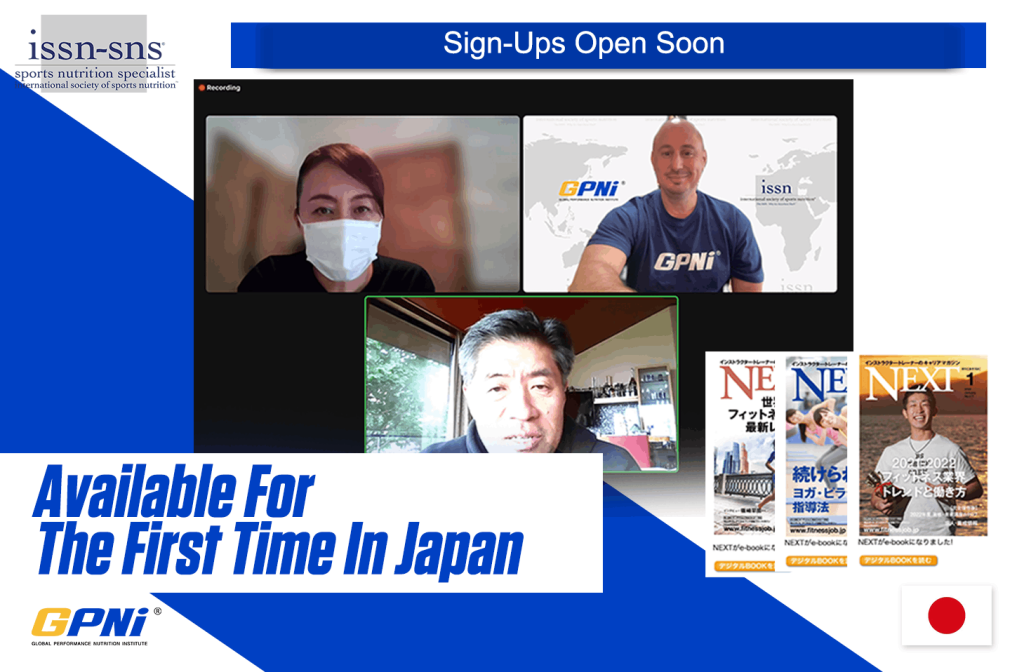On June 21st, the GPNi & the ISSN held the 2nd China Sports Nutrition Conference successfully at the National Exhibition and Convention Center, Shanghai, China. Thanks for the support and cooperation of the Hi & Fi Asia-China 2023!
At the Conference, guests from different fields such as sports nutrition education, nutrition raw material brands, senior nutrition & sports coaches, and professional scholars presented 12 keynote speeches around the three core topics of “Brand management of sports nutrition”, “Composition and regulation of dietary supplements”, and “Professional sports training and performance nutrition”, and shared their insights.
Below, let’s review the highlights of the Conference, flashback to the Conference site.
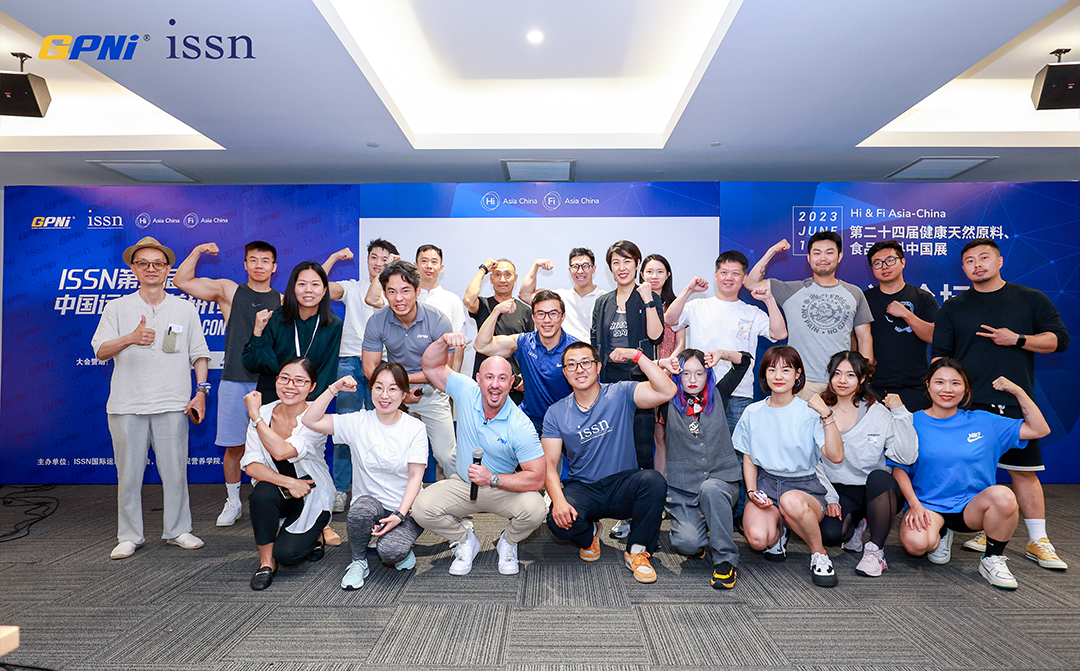
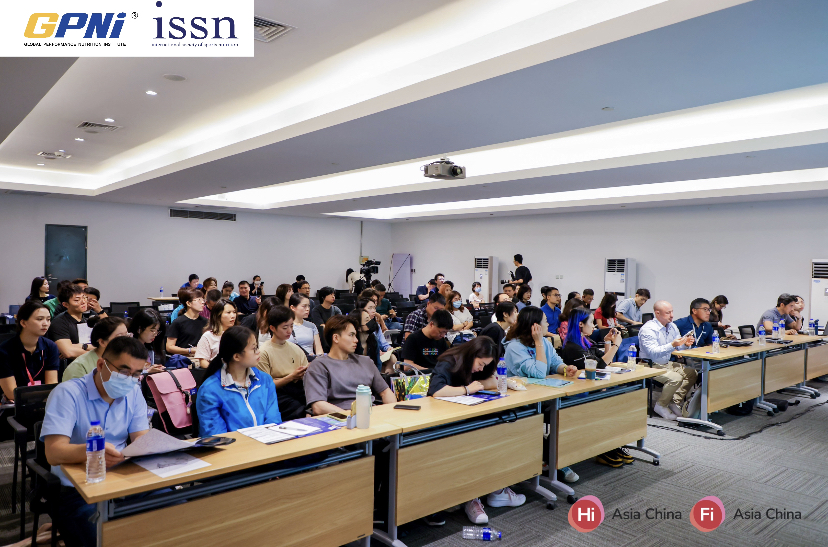
Brand Management of Sports Nutrition
Brand Building in Sports Nutrition
Drew Campbell
CISSN, Co-Founder of the GPNi®️, Co-Founder of the NIHTEK®️

In today’s world, branding is often more important than sales and marketing. Because the right brand and brand strategy can give your sales and marketing people the power to use and lay a solid foundation for exponential growth. Branding is the key to high conversion rates, and it is the brand that turns conversion into sales, not pure sales and marketing.
Brand Strategy:
- Build brand identity by creating emotion in consumers.
- Define the identity you want to communicate.
- Be consistent in how you communicate your brand.
- Find substantive ways to differentiate yourself from the competition
- Identify and command your niche, or create new ones for yourself
- Imagine yourself in the customer’s shoes to better understand what they want/need
- Surround yourself with people and partners who display the kind of talent and quality you want associated with your brand.
- Instead of chasing competitors, use your strengths to blaze new trails for your company.
- Emphasize building relationships with customers.
- Rather than focusing your efforts on avoiding failure, concentrate on creating success.

Composition and Regulation of Dietary Supplements
Part 1: Ingredients and innovations in dietary supplements
Nutritional Support for ‘Silver’ and ‘Her’ Health
David Townsend
VP Commercial Asia Pacific, Glanbia Nutritionals

- Nutritional balance or helping older consumers achieve their daily dietary needs; Such as vitamin products, antioxidants.
- Preventative health or dealing with illness prevention to decrease the burden of disease and associated risk factors; Such as gut health products, heart health products.
- Active lifestyle support or providing support to stay active, assist their leisure activities and improve their health status, all at the same time; Such as bone health products, sleep support products.
Sufficient levels of vitamin b12 is important for women. Vitamin B12 deficiency can cause fatigue, shortness of breath, loss of balance, which may lead to a decrease of athletic performance.
Protein intake is important for active women. Recommended protein intake for women is 46g/day, however, active females need more protein than their sedentary counterparts.
Glanbia Nutritionals has created bioactive ingredients specifically for active women, FerriUp™. FerriUp is a lactoferrin and vitamin B12 rich whey protein concentrate optimized to support active women.
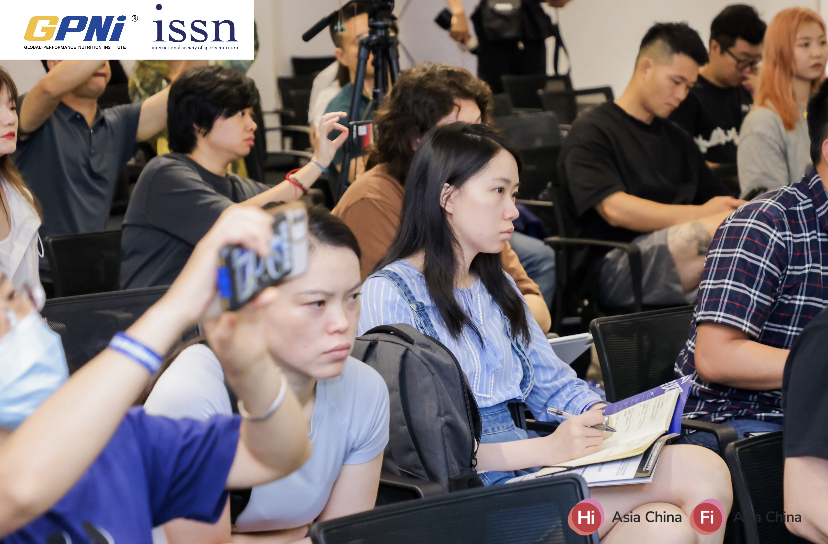
Evidenced Based Sports Supplements: What Does the Research Say?
Dr. Reid Reale

When working with athletes, the supplements recommended for their use should meet several requirements:
- Safe
- Allowed for use in competition
- Provide a logical benefit based on human physiology
- Have strong supporting evidence
- Fit into an athlete’s life/ overall nutrition plan
These four main organizations can be trusted to identify sources of supplement information:
- Australian Institute of Sport – Sport Supplement Framework
- International Olympic Committee – Consensus Statement
- International Society of Sports Nutrition – Position Stands and Reviews
- GPNi – Dietary Supplement Classification Scheme
The five supplements that are recognized by these four organizations and have scientific evidence to support their effectiveness are: caffeine, beta-alanine, creatine, nitrate, and sodium bicarbonate.

Innovation & Cutting-Edge Formulations in Sports Nutrition (online video)
Dr. Vince Kreipke
CISSN, Scientific Advisor, Onnit Laboratories

There are nearly 30,000 supplements on the market today, with new ones popping up almost every week. Only continuous research and innovation can achieve sustained success in the industry; In today’s market, this goes far beyond product efficacy.
Dr. Vince said that as a brand, you have to think about the brand story, the origin story; Who is the customer group, sports people, fat loss people, teenagers or seniors, we can’t make a product for everyone. Then there are the product ingredients, different ingredients have different effects, whether the mixed ingredients have synergistic effects; Whether the product is supported by finished product research, that is, the scientific evidence behind the product to support the effectiveness of the brand claims; Whether the product ingredients and raw materials are limited and targeted, such as non-GMO, halal food, etc. Then there’s the customer experience, what flavors they like; If it is for athletes, has the product been tested by a third party to show that the product is “clean”? Finally, consider what makes you stand out in such a large market. All of this matters when it comes to innovation.
Part 2: Market regulation of dietary supplements
Japanese Sports Nutrition Products & Ingredient Market Trends & Regulatory
Dr. Seiji Aoyagi
CISSN, GPNi Japan, CSO of the NIHTEK®️
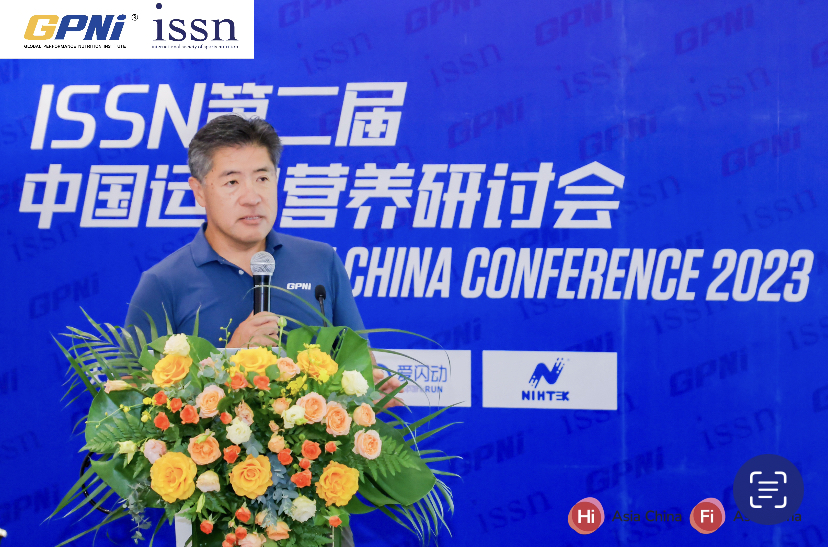
Dr. Seiji highlights two unique Japanese products, one is Amino Protein. Research shows that 3.2 g EAA + 2.4 g whey outperformed in NPS over 12.4 g whey alone. The other is EAAPro, which uses EAAlpha, a combination of nine essential amino acids and arginine, a U.S. patented formula; Only 3.6g of amino acids support the same or better exercise effects as protein.
When it comes to the regulation of dietary supplements, Japan applies an old law from 1971 that distinguishes between food and drugs. Among them, taurine, L-alanyl-L-glutamine, sublingual/oral spray format are still drugs, and BCAA is a prescription drug in Japan; Therefore, for sports nutrition brands that want to enter the Japanese market, it is very important to understand the current classification of health food in Japan and related laws.
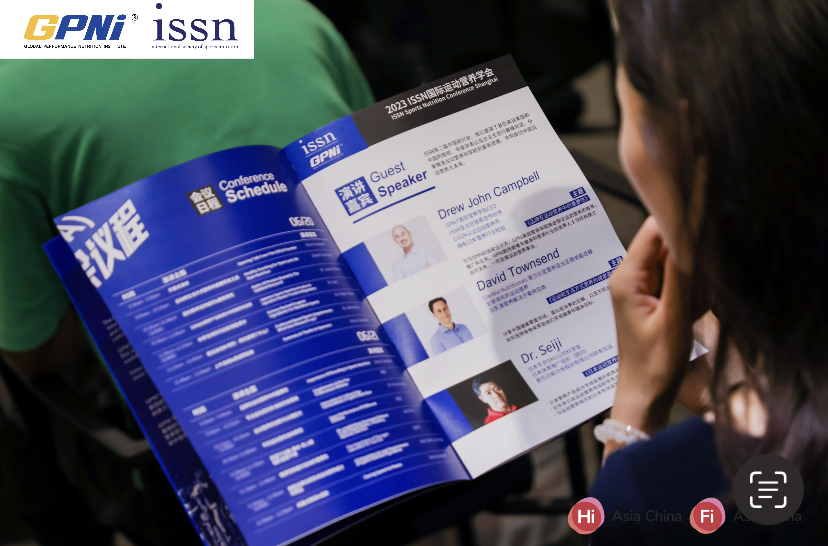
US Regulatory & Legal Requirements of Sports Nutrition Ingredients (online video)
Rick Collins
ISSN General Counsel, Internationally Recognized Legal Authority in The Field of Dietary Supplements

In the United States, at least four different federal regulatory agencies regulate dietary supplements in the United States.
Food and Drug Administration (FDA): The FDA looks at the ingredients, do the ingredients comply with the law? FDA also looks at the label, does the label of the supplement comply with the regulations?
Federal Trade Commission (FTC): It deals exclusively with the issue of advertising, and no claim can be made without some sort of research and scientific confirmation.
U.S. Customs and Border Protection (CBP): Prevents counterfeit prescription drugs and contaminated products or ingredients that do not comply with the law from being imported as dietary supplements.
Professional Sports Training and Performance Nutrition
Part 1: Specific exercise and nutrition
Metabolic Requirements for Explosive Endurance Sports and Supplements & Diet for Professional Athletes
Xie Peng
CISSN, China National Team Nutritionist for the 2024 Olympic Games
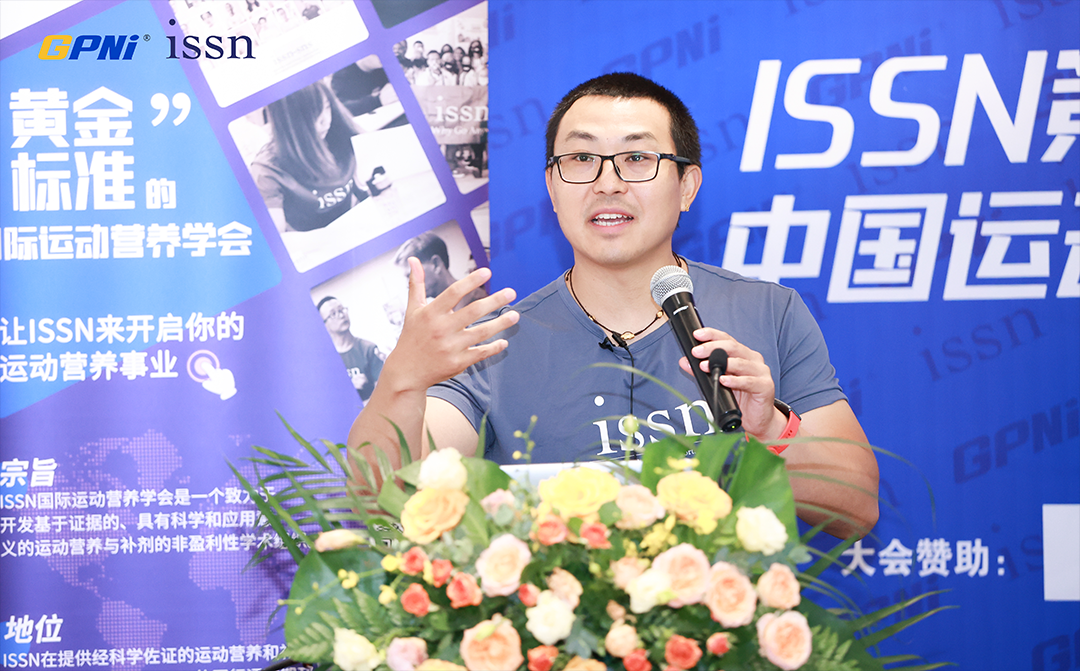
Volleyball, football, basketball, tennis, golf and other sports, all belong to sports that explosive power and endurance cannot be lacked of; It is characterized by irregular changes in exercise intensity, both short-term high-intensity exercise and low-intensity exercise.
As the nutritionist of China National Women’s Volleyball Team, Xie Peng focused on sharing his practical experience in the national team. In the volleyball game, the three energy systems switch frequently; Therefore, we must first ensure adequate energy intake. Low energy intake comes with certain risks, such as elevated inflammatory markers, menstrual disorders, and an increased risk of bone fractures.
The key points of the volleyball player’s diet include total energy intake/total carbohydrate throughout the day, hydration during the process (including water, carbohydrates, electrolytes), vegetable intake (supplementing with VC, VE and B-carotene), and post-training intake. Specific to the intake of the three macronutrients, it can be 7-8g/kg carbohydrates, 1.5-1.7g/kg protein, 20%-30% of total energy fat. In addition, Xie Peng also shared his methods and strategies for daily meal preparation for athletes in the national team and various practical experiences.
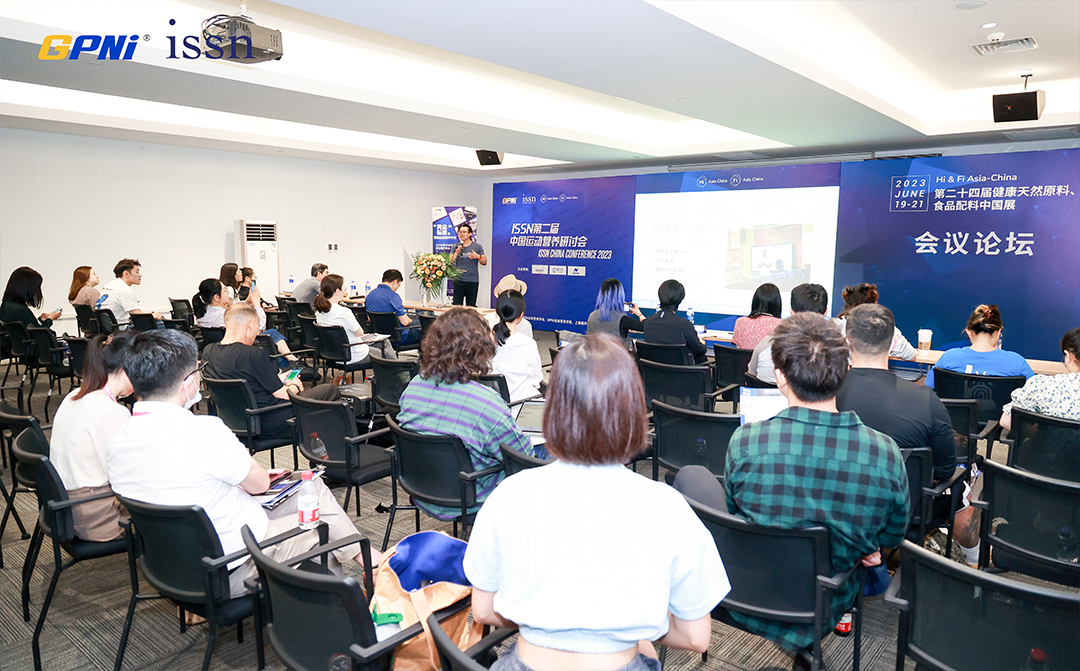
Sport Performance of Different Athletes
Yang Yu
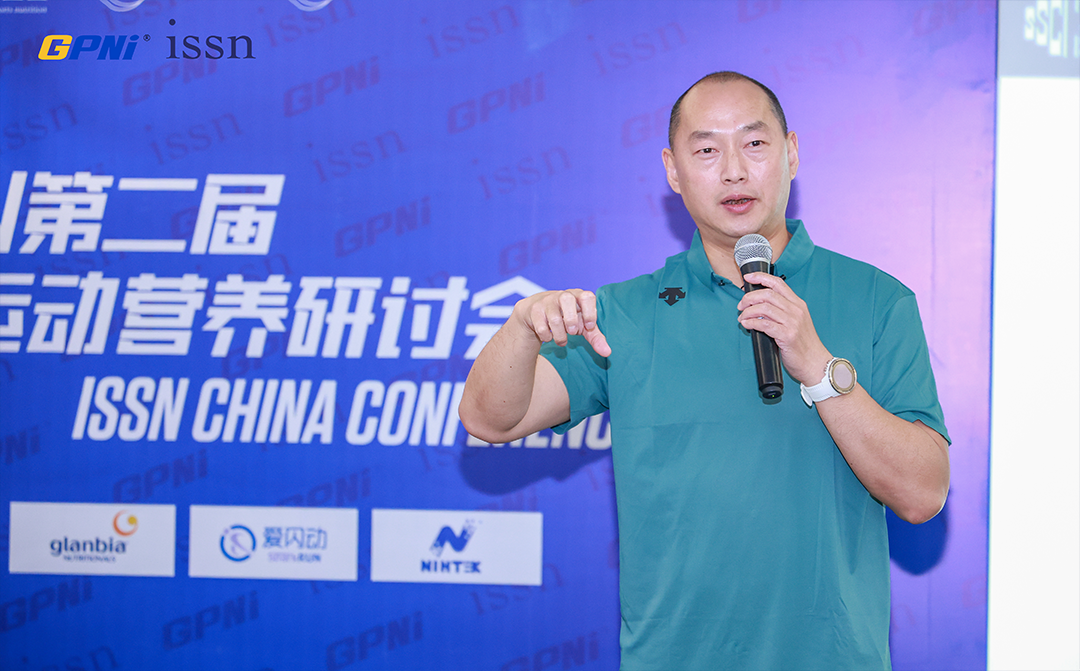
Sport performance refers to the form of human body when participating in a specific movement, including musculoskeletal action, nervous system, energy system, cognitive and psychological. The athletic ability of athletes can be summarized as follows: speed, endurance, agility, strength, flexibility; The Olympic slogan, Higher, faster, stronger, actually corresponds to strength, speed, endurance.
However, many personal trainers and sports enthusiasts do not have systematic training and educational background, and many training methods and performance pursuits are copied from foreign theories or experiences, such as blindly pursuing strength and emphasizing barbell pounds; Or start without knowing the full theory of functional training. But in fact, sports training requires systematic learning and time precipitation, and different sports have different pursuits for performance and athletic ability.

Science Backed Ergogenic Ingredients for Marathon Sports (online video)
Dr. Roger Adams
CISSN, Co-Founder & Director of Education of the GPNi®️, Founder & Chief Nutritionist of the Eatrightfitness®️

At high intensity exercise, it’s a huge contribution from blood sugar, from glucose. With high-intensity endurance exercise, the contribution of protein begins to increase, but a lot of glucose and some fat account for more. As a result, an endurance athlete’s diet is primarily carbohydrate, with 60% or more of their calories coming from carbohydrates, and should be primarily unrefined polysaccharides, fruits, vegetables, and whole grains.
Endurance athletes need 1.2 to 1.8 grams of protein per kilogram of body weight, enough to promote recovery and enough to get the protein they need during high intensity durations and long periods of activity. For most people, around 30% fat is a fairly normal amount. However, during periods of heavy training or when athletes are training hard, they may want to increase their fat levels to 40-50% to ensure that they have enough fat to meet performance and increase hormone levels. Focus on these healthy fats, monounsaturated and polyunsaturated.
In terms of dietary supplements, Dr. Roger highlights several supplements commonly used by endurance athletes: caffeine, theacrine, creatine, glycerin, beta-alanine, energy gel.
Part 2: Dietary nutrition for athletes
The Importance of Glycogen Saturation for Exercise
Steven Shen
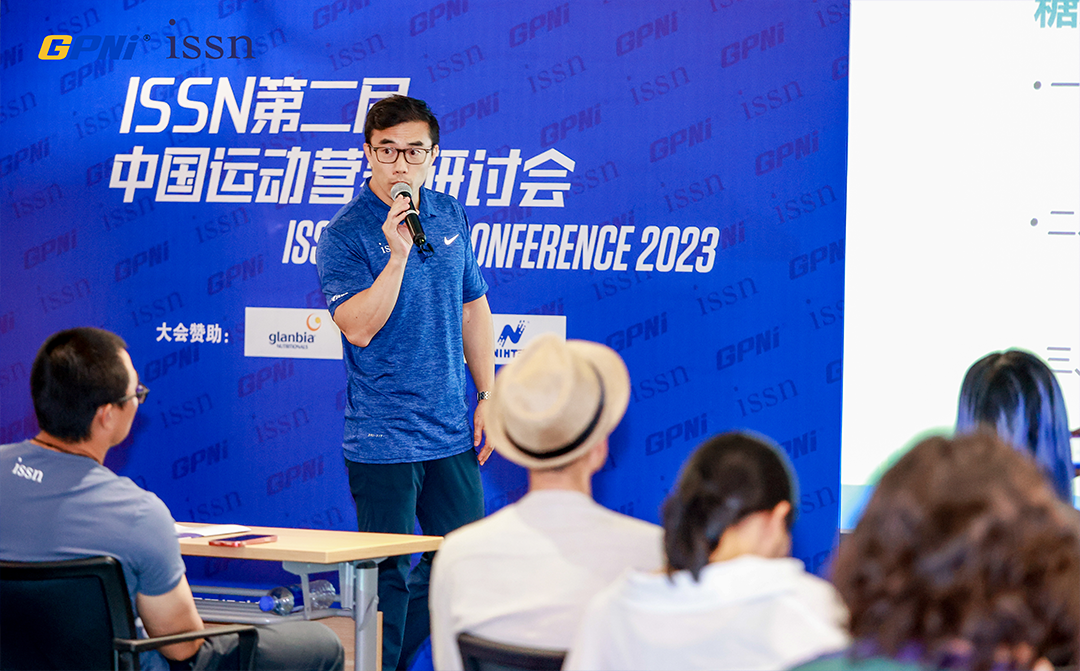
The rate of glycogen depletion may be much faster than athletes realize, for example, six sets of 12 RM leg stretches can reduce the amount of glycogen stored on the lateral thigh by 39%; One hour of high-intensity aerobic exercise can reduce liver glycogen by about 55%. The impact of dietary carbohydrates on exercise is also very large, lack of carbohydrate diet will rapidly deplete muscle and liver glycogen, low carbohydrate levels seriously affect anaerobic capacity and long-term high-intensity aerobic exercise ability. Therefore, carbohydrate intake and the nutrition timing are important for athletes.
The ISSN recommends that people with moderate exercise, such as 1 hour a day, consume 5-7g/kg/day of carbohydrate; Endurance training group (moderate to high intensity) consume 6-10g/kg/day of carbohydrate; Extreme training group (moderate to high intensity exercise, 4-5 hours /day), consume 8-12g/kg/day of carbohydrate.
The ability of carbohydrate loading strategies to rapidly increase and maximize muscle glycogen levels is now unquestioned; It can be divided into two strategies: one is consumption and load strategy, and the other is load only strategy (no consumption). Both strategies are effective, but you have to find the right one that works best for you/your athlete.
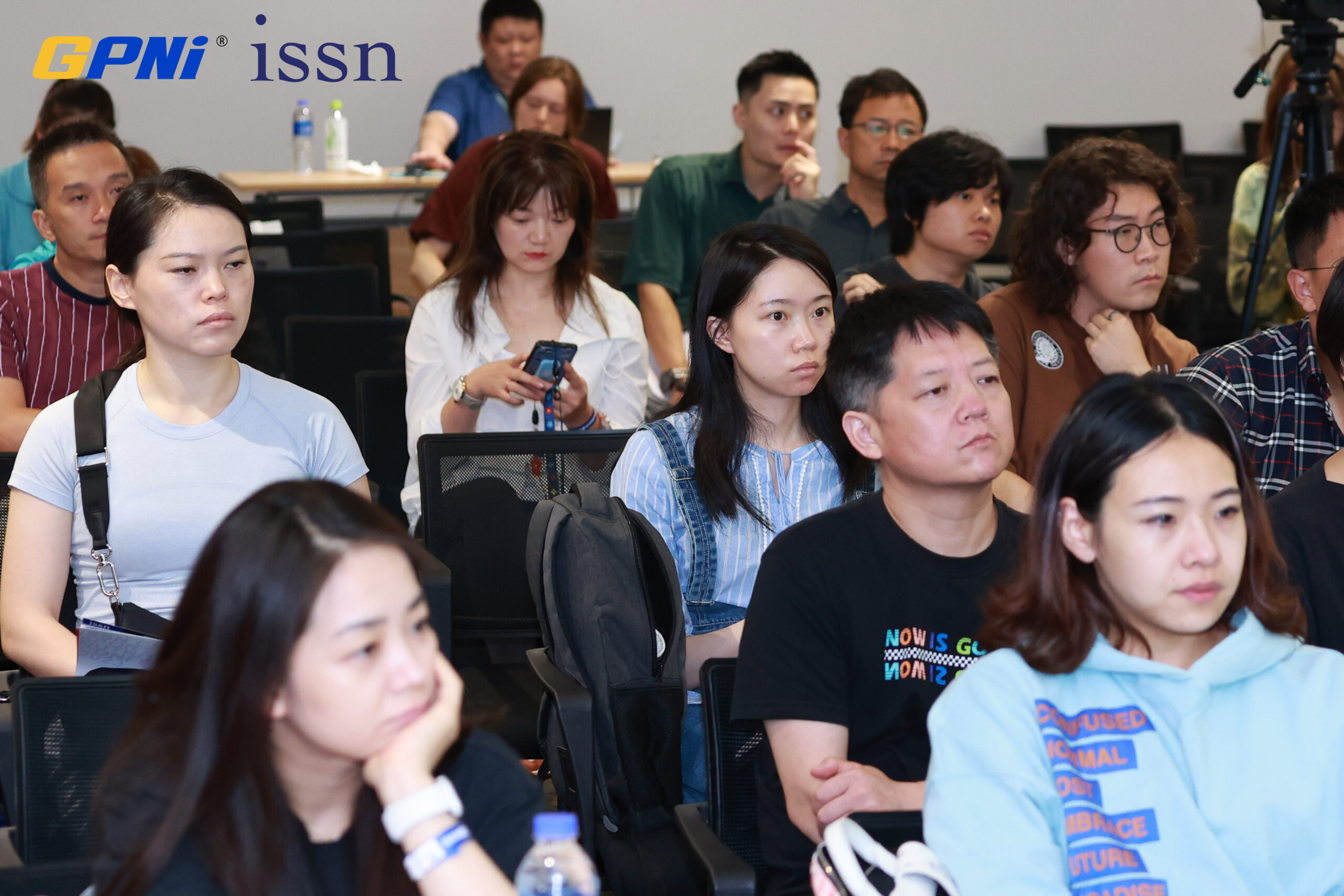
Myths Of Protein Busted & The Updated Research (online video)
Dr. Jose Antonio
CISSN, FNSCA, FACSM, CEO & Co-Founder of the ISSN

Scientists have used countless experimental data to tell you about the safety of high protein intake, and in this video, Dr. Jose also shared multiple data about the body composition and safety studies of high protein diets. He also looked at the gene associated with obesity, the FTO gene. The FTO gene, which is involved in overweight and obesity, refers to the percentage of risk variants that lead to overeating due to low satiety. We found that those who carried the risk allele actually had significantly higher fat mass.
A study published in JISSN in 2018 conducted a 4-week experiment in which protein intake was maintained at around 2 grams per kilogram and participants’ calories were reduced by 20%, resulting in weight loss in both groups and the loss of the same amount of fat mass. Curiously, the change in percentage of body fat was significantly larger across the risk alleles. When you look at the body composition index, the group that did the best was actually at a higher risk.
This suggests that, at least in the short term, having a risk allele for SNPS does not cause an adverse effect when it comes to fat loss, that is, calories still dominate.
Re-establishing Hormonal Balance in the Hypothalamic, Pituitary, Adrenal, and Axis (online video)
Ana Terra
CISSN, Sports Functional Nutritionist

Hormones are involved in almost every physiological process in our bodies, and nutrition is also important for maintaining hormonal balance. Women who are in a state of energy deficit and insufficient nutrition for a long time may face hormonal imbalances. As a means of nutritional support, we can gradually increase their energy and carbohydrate intake. If you increase carbohydrate intake too much to begin with, you will see sudden weight gain and may develop insulin resistance.
For hormone balance, it is very important to take into account blood sugar levels, consistently high blood sugar levels can cause hormonal disruption, increase cortisol and reduce insulin sensitivity, so there are two things we can do to ensure normal blood sugar levels: Increasing the intake of low-medium GI foods, combining carbohydrates with fat and protein, ensures that our digestion is slower than the glucose spikes in the blood. In addition, sufficient anti-inflammatory fatty acids can also support hormone balance. Such as omega-3 fatty acids, which can be found in avocados and walnuts, fatty fish, seaweed; And reduce your omega-6 intake by cutting back on vegetable oils.
As the only non-profit organization advancing evidence-based sports nutrition knowledge worldwide, ISSN provides science-based information on sports nutrition and supplements to advance the cause of sports nutrition worldwide. As the official educational partner of the ISSN, the GPNi is committed to advancing the popularization and application of performance nutrition and evidence-based nutrition knowledge, building an online bridge and a global network for sports nutritionists around the world.
GPNi/ISSN China Sports Nutrition Conference will also continue to connect the Chinese sports nutrition in depth. Next year, we’ll see you again!

